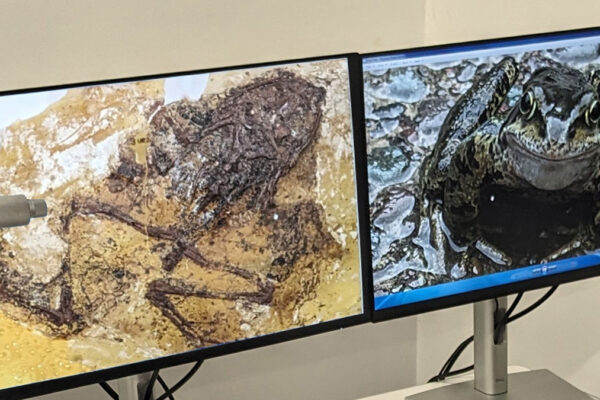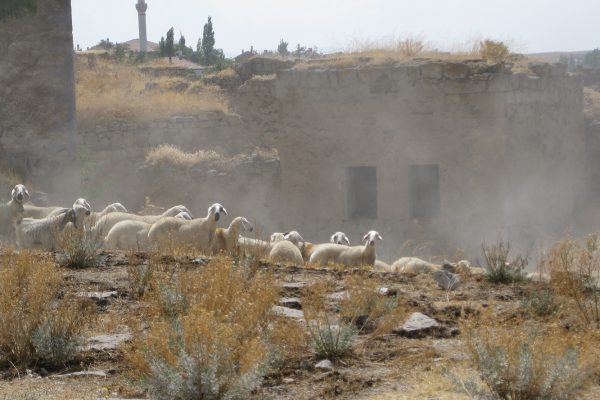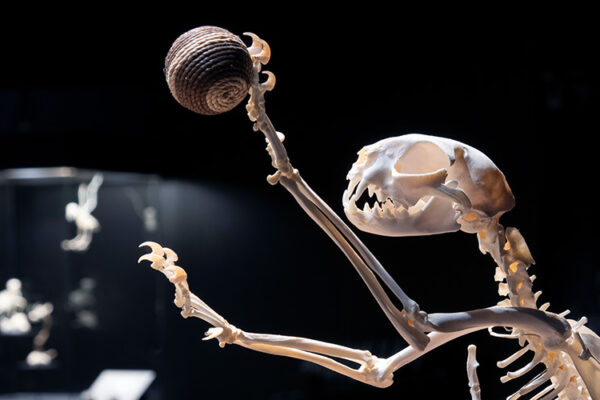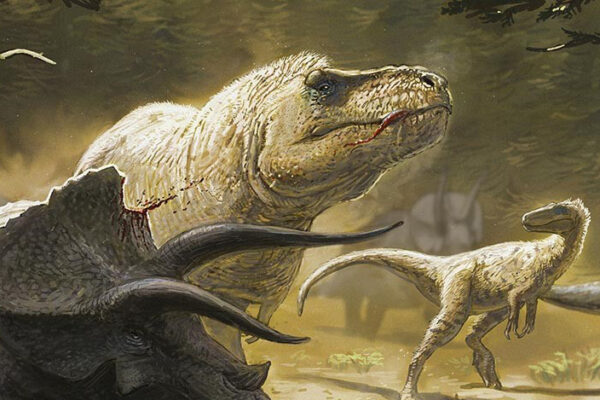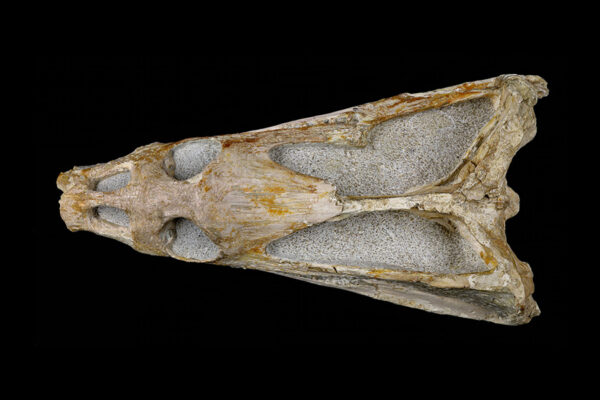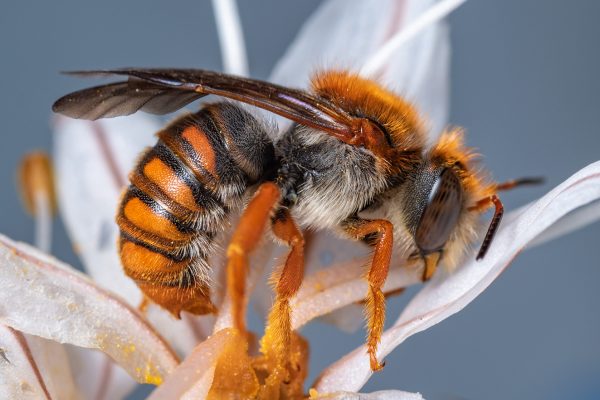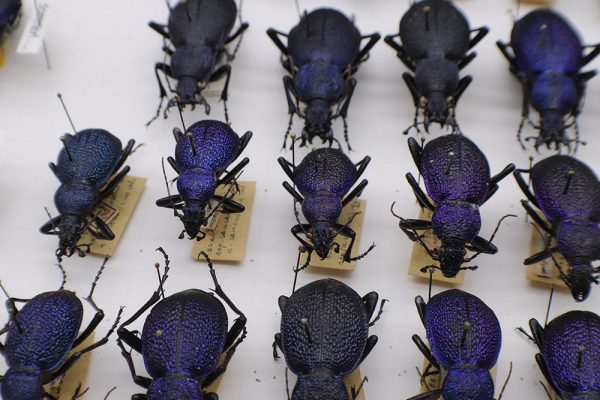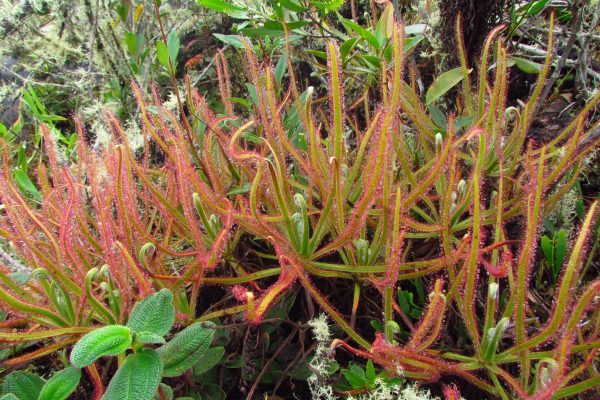Bavarian Natural History Collections
The Bavarian Natural History Collections (Staatliche Naturwissenschaftliche Sammlungen Bayerns, SNSB) archive around 32 million specimens – the second largest natural history collection in Germany. The state collections are very broadly positioned with anthropology, paleoanatomy, botany, mineralogy, paleontology, geology and zoology. The scientific collections are used in many ways by research, but they also provide a basis for academic education and numerous exhibitions in the SNSB museums.
News
Fossil frogs share their skin care secrets
23. April 2024 | News
First insights into the genetic bottleneck characterizing early sheep husbandry in the Neolithic period
12. April 2024 | Press Releases
We mourn the loss of Dr. Stefan Schmidt
11. April 2024 | News
Exhibitions
Skelette – Choreografen der Bewegung
22.03.2024 - 27.04.2025 -
Exhibition
Museum Mensch und Natur
So viel mehr als nur T. rex
20.03.2024 - 03.11.2024 -
Exhibition
Jura-Museum Eichstätt
Nothosaurus mirabilis
29.02.2024 - 30.06.2024 -
Exhibition
Urwelt-Museum Oberfranken
Why collections matter
Where do we feel changes?
Why collections matter
Evolutionary research
Why collections matter
Discovering new species
Why collections matter

